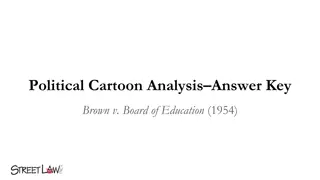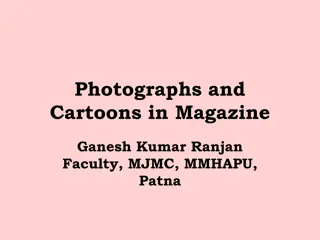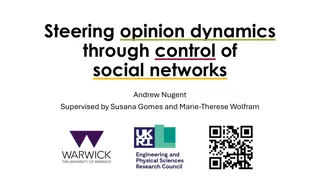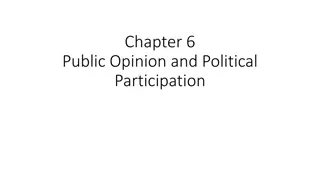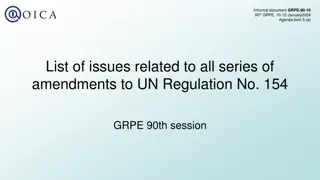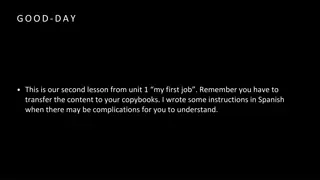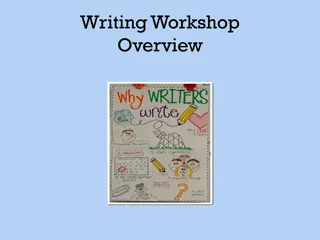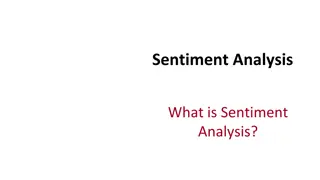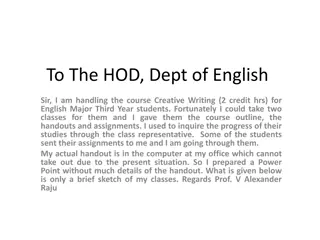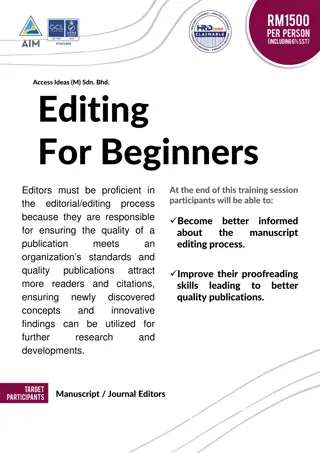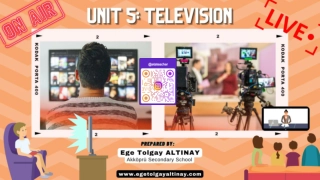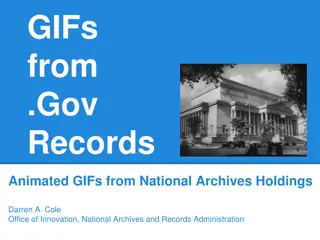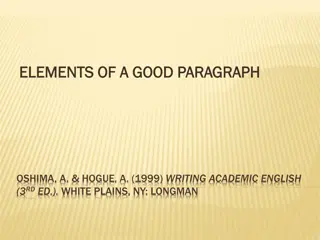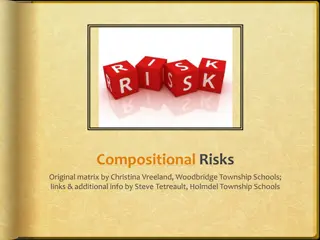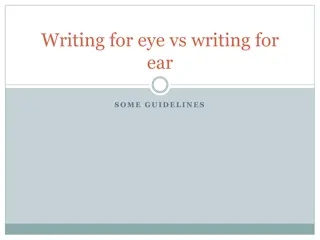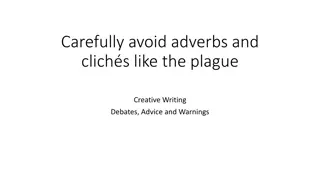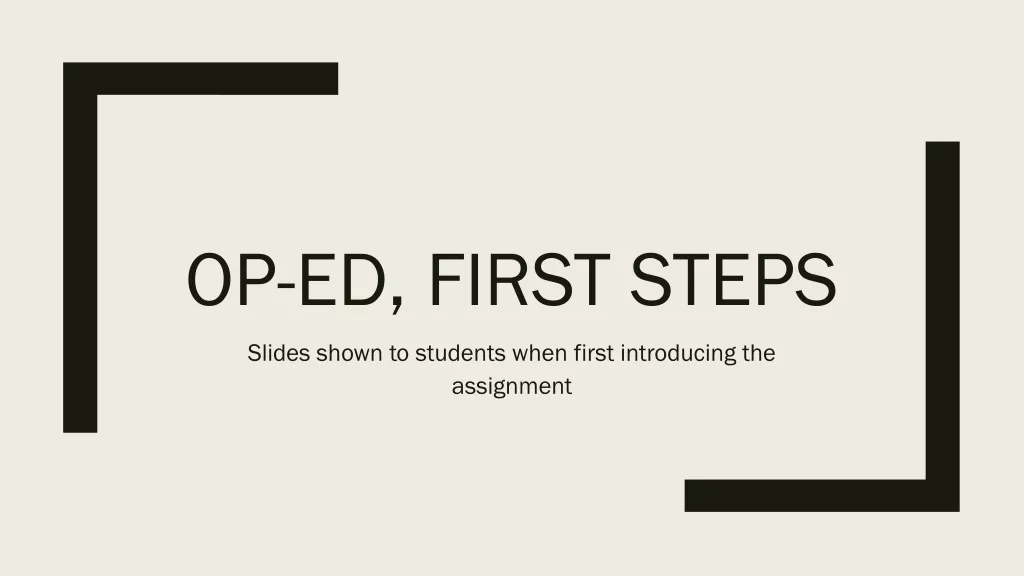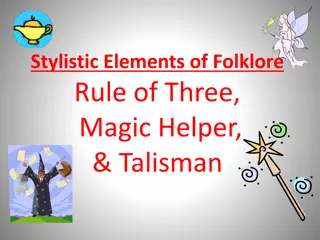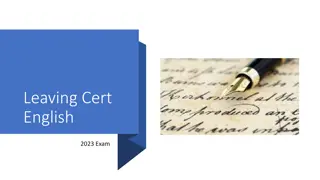Exploring the Elements of Editorial Cartoons in Opinion Writing
Discover the significance of editorial cartoons in conveying opinions through visual storytelling. Uncover why editorial cartoons are effective, whether they need to be humorous, and the key elements such as analogy, irony, symbolism, and labels. Dive into examples illustrating how these elements are used to make powerful statements in editorial cartoons.
Download Presentation

Please find below an Image/Link to download the presentation.
The content on the website is provided AS IS for your information and personal use only. It may not be sold, licensed, or shared on other websites without obtaining consent from the author. Download presentation by click this link. If you encounter any issues during the download, it is possible that the publisher has removed the file from their server.
E N D
Presentation Transcript
Elements of Editorial Cartoons Opinion Writing
Why editorial cartoons? People like pictures. They break up a page that may be hard to photograph. To illustrate an editorial. Editorial cartoons can stand alone or be paired with editorials. To provide a new look at the news. Editorial cartoons have their own rules that allow the creator to make a point visually.
Do they have to be funny? No. Editorial cartoons are often funny (or trying to be) but they can use the same techniques to make a serious point (or even use humor to make a serious point. The artwork should match the tone. Make sure the silliness matches the subject.
Elements of an editorial cartoon analogy irony symbolism labels exaggeration
Analogy Editorial cartoons use metaphors to make a point. This cartoon from the Francis Howell North North Star compares eighth graders taking high school classes to watering a small tree that can grow larger.
Irony Editorial cartoons almost always point out the difference between the way things should be and the way they really are. In this cartoon, people ought to notice something as obvious as an elephant on a bus, but the irony is they are so engrossed by their devices, they can t bother. Rachel Fung, Convent of the Sacred Heart High School, San Francisco
Symbolism Editorial cartoons use symbols to get their point across and as visual shortcuts. Not only does the tree symbolize growing knowledge, but the artist uses a graduation cap on the bottom to show the person is now a high school graduate. We also associate apple trees with education. Using common cultural symbols gives the audience more clues to the meaning.
Labels Most editorial cartoons will use labels and captions to explain the cartoon further and to make the point clear. This cartoon uses both a label at the bottom and speech balloons to make a point about the government shutdown. Rachel Fung, Convent of the Sacred Heart High School, San Francisco
Exaggeration Editorial cartoons exaggerate to show topics in a larger-than-life context and to make a point. In this cartoon the selfies get more and more ridiculous to parody how people take them too often or in inappropriate settings. Rachel Fung, Convent of the Sacred Heart High School, San Francisco


